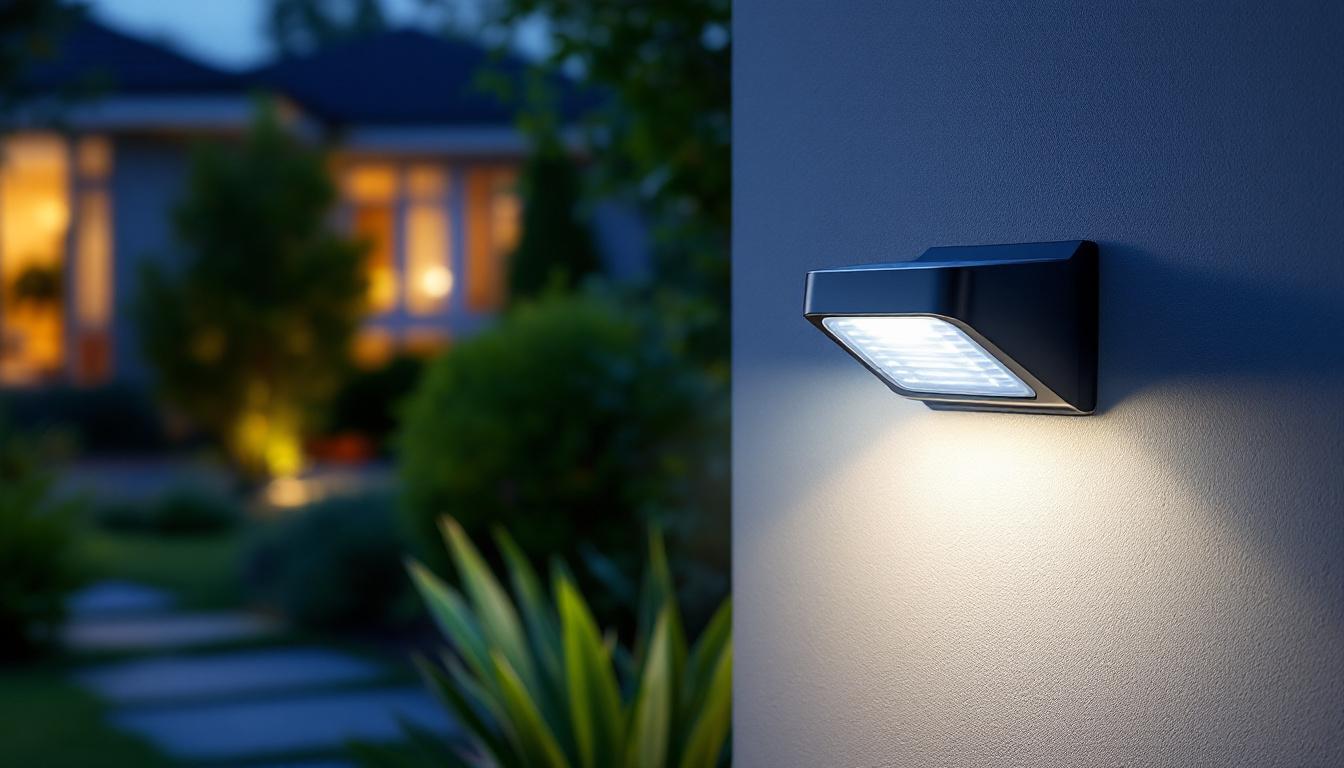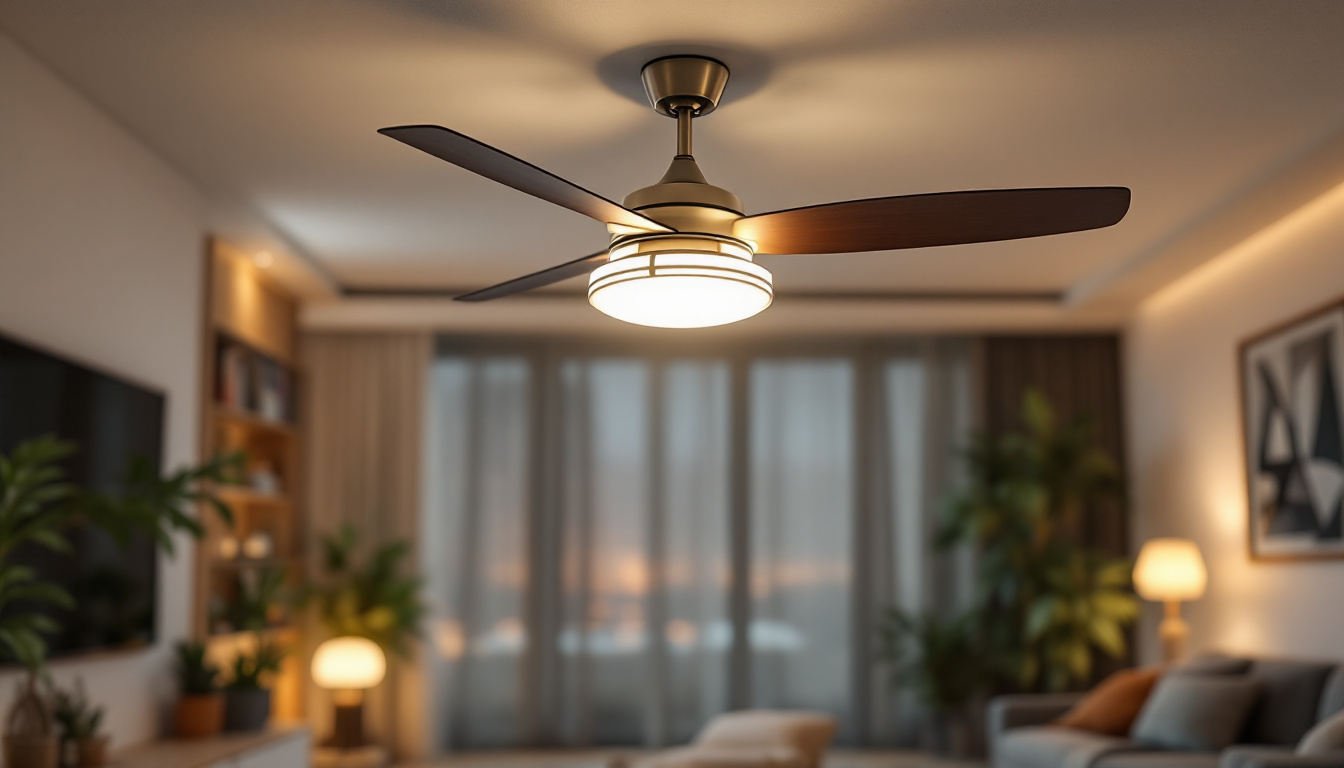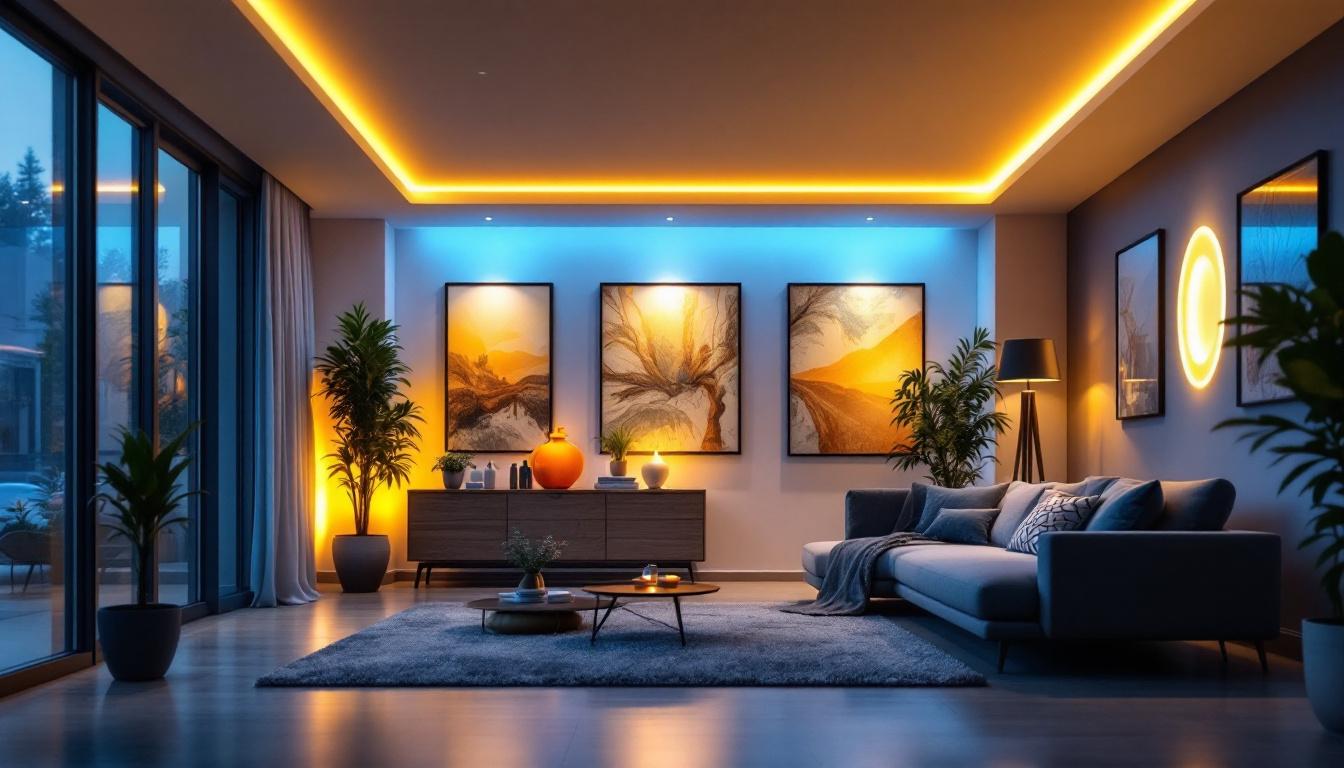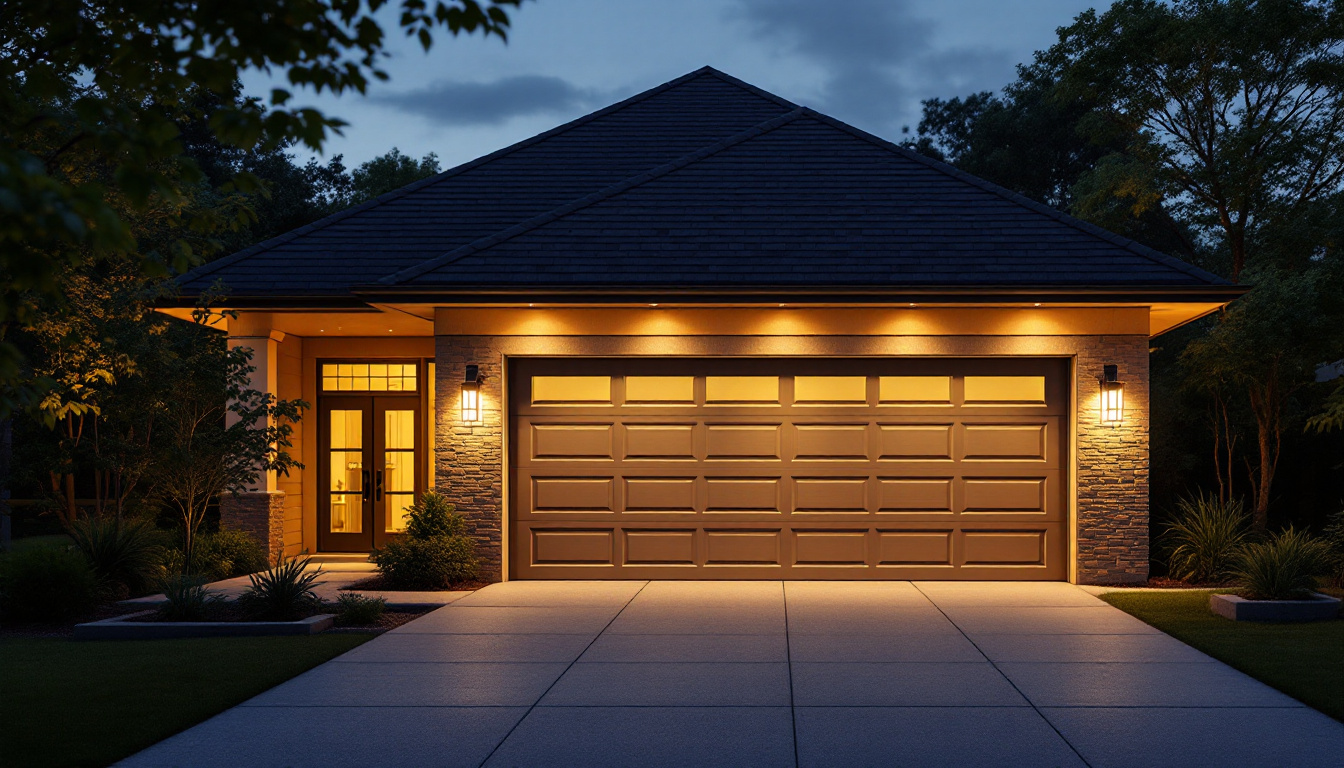
In the realm of outdoor lighting, motion-activated security lights have become a staple for both residential and commercial properties. These fixtures not only enhance safety but also provide energy efficiency and convenience. For lighting contractors, understanding the intricacies of these systems is essential for effective installation and client education. This article delves into the various aspects of motion-activated security lights, providing insights that can help contractors make informed decisions and deliver exceptional service.
Motion-activated security lights are designed to illuminate an area when they detect movement. They utilize various technologies to sense motion, which can significantly enhance security measures. The lights automatically turn on when a person or object moves within their detection range, providing both illumination and a deterrent against potential intruders.
At the core of motion-activated security lights is a sensor that detects movement. The most common types of sensors include passive infrared (PIR), microwave, and dual-tech sensors. Each type has its own method of detecting motion:
Once motion is detected, the light is activated for a predetermined duration, which can often be adjusted based on the specific needs of the installation. This feature not only conserves energy but also provides convenience for users who may need temporary illumination. Additionally, many modern systems come equipped with smart technology, allowing homeowners to control the lights remotely via smartphone apps. This integration offers the added benefit of monitoring activity in real-time, even when away from home.
The advantages of installing motion-activated security lights are numerous. For contractors, emphasizing these benefits can help clients understand the value of their investment:
Moreover, motion-activated security lights can also improve safety in residential areas. By illuminating dark pathways, driveways, and entry points, these lights help prevent accidents and injuries that could occur in poorly lit environments. This added layer of safety is particularly beneficial for families with children or elderly members who may be more vulnerable to falls or mishaps in the dark. Additionally, some models offer adjustable sensitivity settings, allowing users to fine-tune the detection range and prevent unnecessary activations from pets or small wildlife, further enhancing the user experience.
When selecting motion-activated security lights for a project, several factors should be considered to ensure optimal performance and satisfaction for the client. Understanding these factors can help contractors recommend the best options available.
The detection range and angle of motion sensors are critical components that determine how effectively the lights will function. Most sensors have a range of 30 to 100 feet, with angles of detection typically ranging from 90 to 180 degrees.
Contractors should assess the specific area where the lights will be installed. For larger properties or those with multiple entry points, lights with a wider angle and longer range may be necessary. Additionally, positioning the lights correctly can maximize their effectiveness, ensuring that they cover the most vulnerable areas of the property. It’s also worth noting that some advanced models come equipped with adjustable sensitivity settings, allowing users to fine-tune the detection parameters according to their specific needs, such as avoiding false alarms triggered by passing cars or pets.
The brightness of the light, measured in lumens, is another important consideration. Depending on the application, different brightness levels may be appropriate. For instance, a residential driveway may require less lumens compared to a commercial parking lot.
Color temperature, measured in Kelvin (K), also plays a role in how the light is perceived. Warmer tones (around 3000K) provide a more inviting atmosphere, while cooler tones (5000K and above) can enhance visibility and security. Contractors should discuss with clients their preferences and the intended use of the space to select the most suitable options. Furthermore, some modern security lights offer adjustable color temperature settings, allowing users to switch between warm and cool light depending on the time of day or specific needs, enhancing both ambiance and security as desired.
Motion-activated security lights can be powered in various ways, including hardwired, solar-powered, and battery-operated options. Each has its own set of advantages and potential drawbacks:
In addition to these power options, contractors should also consider the longevity and efficiency of the lights. For instance, LED technology has become increasingly popular due to its energy efficiency and extended lifespan, often lasting up to 25 times longer than traditional incandescent bulbs. This not only reduces the frequency of replacements but also contributes to lower energy bills, making it a wise investment for clients looking to enhance their security without incurring high operational costs. Additionally, some lights come with features like motion-activated dimming, where the lights adjust their brightness based on the surrounding light conditions, further optimizing energy use and extending battery life for solar and battery-operated models.
Proper installation of motion-activated security lights is crucial for optimal performance. Lighting contractors should follow best practices to ensure that the systems function as intended and meet client expectations.
Placement of motion-activated lights can significantly impact their effectiveness. Ideally, lights should be mounted at a height that allows for maximum coverage while minimizing the risk of vandalism or damage. A height of 6 to 10 feet is often recommended.
Contractors should also consider the environment around the installation site. Avoid placing lights near trees or bushes that could obstruct the sensor’s view or trigger false alarms. Instead, focus on areas that require illumination, such as entryways, driveways, and dark corners of the property.
After installation, it is essential to test the motion-activated security lights to ensure they are functioning correctly. This includes checking the sensor’s detection range and adjusting the sensitivity settings as needed. Some sensors may allow for adjustments in the duration of light activation, which should be tailored to the client’s preferences.
Encouraging clients to test the lights at different times of the day can also help identify any issues that may arise due to environmental factors, such as wind or passing animals. Making necessary adjustments during the initial installation phase can prevent future complications and enhance client satisfaction.
Like any electrical system, motion-activated security lights require regular maintenance to ensure they continue to function effectively. Educating clients on maintenance practices can help prolong the life of the fixtures and maintain their performance.
Dust, dirt, and debris can accumulate on the sensor and light fixtures, potentially affecting their performance. Contractors should advise clients to regularly clean the lenses and sensors to maintain optimal functionality. A simple wipe with a damp cloth can often suffice, but it’s essential to ensure that no cleaning agents damage the fixtures.
Clients may encounter issues with their motion-activated security lights, and being prepared to troubleshoot these problems can enhance a contractor’s reputation. Common issues include:
Motion-activated security lights are an invaluable addition to any property, providing enhanced security, energy efficiency, and convenience. For lighting contractors, understanding the technology, benefits, and installation practices associated with these systems is crucial for delivering high-quality service.
By considering factors such as detection range, light output, power source options, and proper installation techniques, contractors can ensure that they meet their clients’ needs effectively. Furthermore, educating clients on maintenance and troubleshooting will help build trust and satisfaction, leading to long-term relationships and potential referrals.
As the demand for security solutions continues to grow, staying informed about advancements in motion-activated lighting technology will position contractors as knowledgeable professionals in the field. Embracing these innovations will not only enhance service offerings but also contribute to safer, well-lit environments for all.
Ready to elevate your lighting projects with the best motion-activated security lights on the market? Look no further than LumenWholesale, where we provide contractors with superior, spec-grade lighting solutions at unbeatable wholesale prices. Say goodbye to middleman markups and hello to our extensive selection that meets the highest industry standards. With LumenWholesale, you’ll find reliable, high-performance lighting that ensures every project shines. Plus, with free shipping on bulk orders, you can enjoy premium lighting at the best value — without hidden fees. Don’t compromise on quality, affordability, or convenience. Wholesale Lighting at the Best Value is just a click away.

Discover how ceiling fans with light kits can transform your space by adding both functionality and style.

Discover expert insights and practical tips for lighting contractors on selecting and installing recessed LED can lights.

Discover innovative exterior garage lighting ideas with real-world success stories from lighting contractors.

Discover the essential insights lighting contractors need to know about emergency lighting systems.